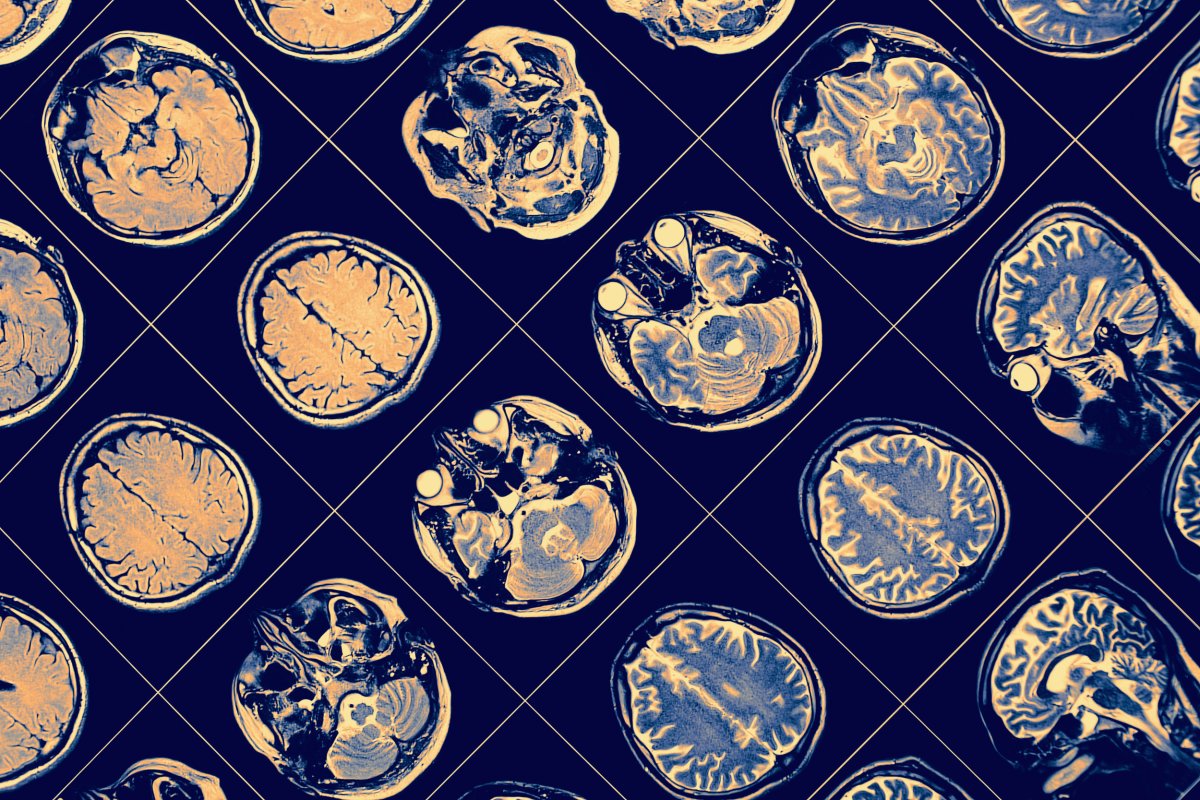Scientists who grew tiny human brain-like models one million times smaller than the regular organ have detected waves in the tissue. Around two months into the 10-month-long growing process, the tissue started to produce brain waves. However, an author of the study published in the journal Cell Stem Cell stressed the brains don't have a consciousness.
The researchers created what are known as human cortical organoids. These are essentially 3D models of an organ grown in a lab which scientists can use to study how our bodies might work.
The team hopes the tiny pieces of tissue will enable scientists to study how the brain develops, something which it is not currently easy to do in humans. This could in turn help create treatments for brain-related conditions such as schizophrenia, autism, and epilepsy.
Study co-author Alysson Muotri, a biologist at the University of California, San Diego, explained: "You can use brain organoids for several things, including to understand normal human neurodevelopment, disease modeling, brain evolution, drug screening, and even to inform artificial intelligence."
To grow the organoids, the researchers put pluripotent stem cells—which can develop into almost any type of cell in the body—in a culture resembling the environment where the brain naturally develops. This led the cells to turn into different types of brain cells, and come together to form a structure similar to the organ. They were able to grow hundreds of organoids in this way.
The team also developed a machine learning algorithm based on the brain waves detected in 39 preterm babies aged between six and 9.5 months old. The algorithm successfully predicted how long the organoids had been growing.
Scientists have created organoids resembling the human brain in the past, but this is the first time they have had functioning neural networks, which develop when the neurons connect.
Muotri said: "The level of neural activity we are seeing is unprecedented in vitro. We are one step closer to have a model that can actually generate these early stages of a sophisticated neural network," she said.
Addressing whether the organoids could develop a consciousness, Muotri said: "The organoid is still a very rudimentary model—we don't have other brain parts and structures. So these brain waves might not have anything to do with activities in real brains.
"It might be that in the future, we will get something that is really close to the signals in the human brains that control behaviors, thoughts, or memory," she said. "But I don't think we have any evidence right now to say we have any of those."
Experimenting with brain tissue raises ethical questions, as evidenced by a study published in the journal Nature earlier this year where scientists brought dead pig brain cells back to life. In that study, a bioethicist was involved and the team worked hard to ensure the brains did not become sentient, although this was unlikely.
Muotri said: "As a scientist, I want to get closer and closer to the human brain. I want to do that because I see the good in it. I can help people with neurological conditions by giving them better treatments and better quality of life. But it's up to us to decide where the limit is. It might be that the technology is not ready yet, or we don't know how to control the technology. This is the same kind of discussion around CRISPR in babies, and that's why we have ethics committees to represent all parts of the society."
Lorenzo Fabrizi, senior research fellow in the department of Neuroscience, Physiology and Pharmacology at UCL, who did not work on the study, told Newsweek: "This is the first time that we see that these in vitro models are functional at a network level.
"Neuronal activity during development is fundamental for the formation of brain circuits. These models could help us understand how structures and functions influence each other and the balance between genetic cues and activity dependent mechanisms."
Madeline Lancaster of the MRC Laboratory of Molecular Biology department at the University of Cambridge, who has also created brain organoids but was not involved in this research, told Newsweek: "While the coordinated neural activity is interesting, it's important to keep in mind what exactly is being measured.
"Brain waves are long range coordinated firing of neurons with particular frequency, that can immediately be detected without extensive data analysis using a simple EEG. Here instead, they are measuring very short range (less than a millimeter) so-called network bursts using a multi-electrode array. Then, by extensively filtering the data, they are able to show particular frequencies. It should be stressed though that this is not the same as a brain wave."
She continued: "However, I am happy to see that they also see similar network bursts to what we have shown previously, but they show that this activity does become more mature in this paper."

Uncommon Knowledge
Newsweek is committed to challenging conventional wisdom and finding connections in the search for common ground.
Newsweek is committed to challenging conventional wisdom and finding connections in the search for common ground.
About the writer
Kashmira Gander is Deputy Science Editor at Newsweek. Her interests include health, gender, LGBTQIA+ issues, human rights, subcultures, music, and lifestyle. Her ... Read more
To read how Newsweek uses AI as a newsroom tool, Click here.








